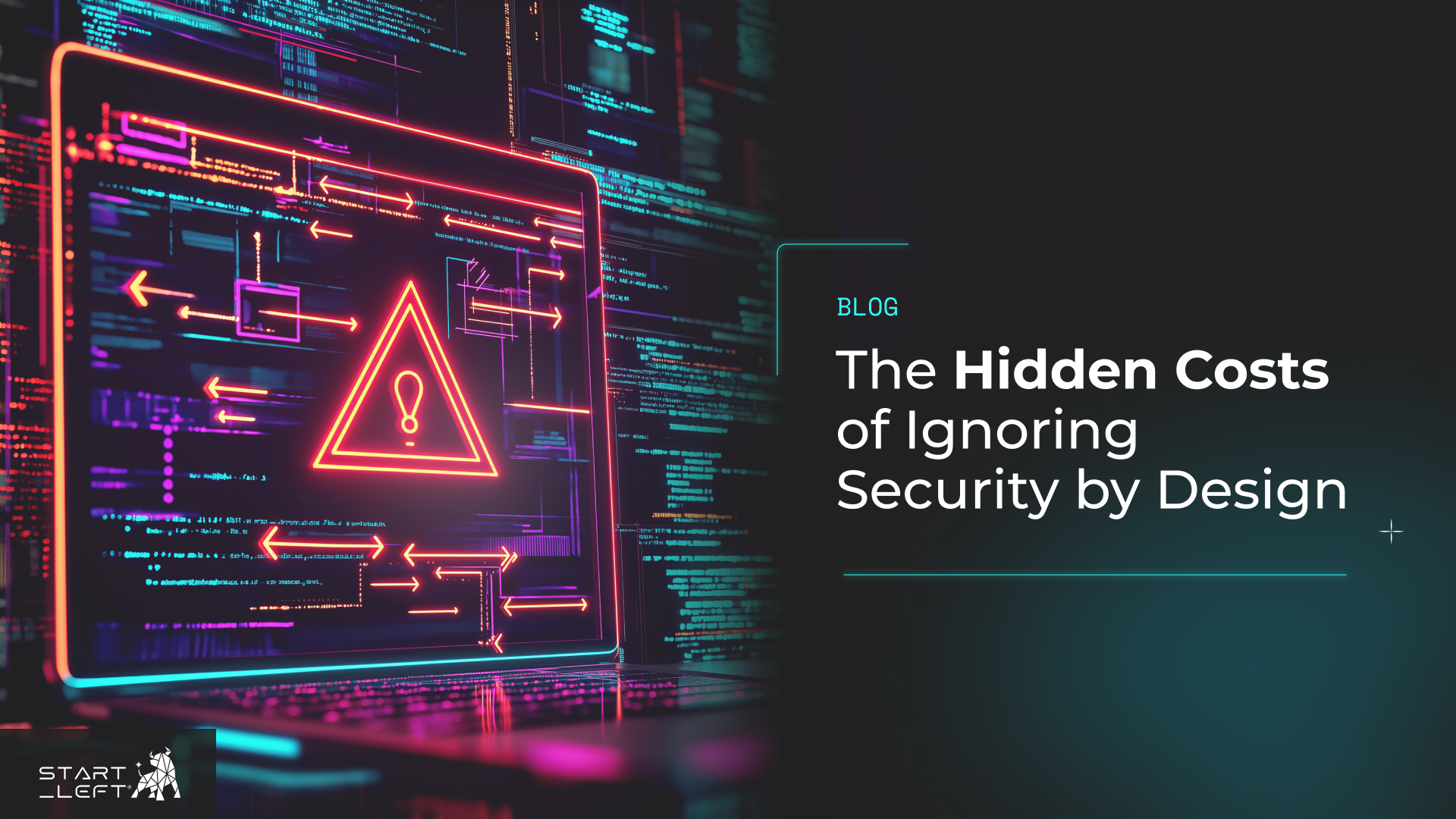Developer-Led vs. Developer-Championed: Why Security Needs More Than Just Dev Buy-In
The Shift from Developer-Led to Developer-Championed Security

The market has embraced developer-first security, with vendors such as Snyk and GitHub Advanced Security, to name a few, but somewhere along the way, it turned into developer-led security—and that’s a problem.
When security is purely developer-led, security tools become just another dev problem to solve, leading to:
- Limited visibility for security leaders.
- A fragmented security program with inconsistent execution.
- A lack of accountability beyond engineering teams.
- Security becoming reactive instead of proactive.
But security shouldn’t be just a developer’s burden. The solution? Developer-championed, security-backed security.
The Problem with Developer-Led Security
The core issue with developer-led security is that it assumes engineers should be solely responsible for security execution. While empowering devs is key, putting them entirely in charge of security creates blind spots for security teams, product leadership, and compliance stakeholders.
When security is only a developer-led initiative:
✅ Engineers control what security tools get used.
✅ Engineers decide when and how vulnerabilities get fixed.
❌ Security leaders lose visibility into execution.
❌ Compliance teams lack assurance that policies are enforced.
❌ Risk leaders can’t quantify security performance across teams.
The Right Approach: Developer-Championed, Security-Backed
Instead of forcing security on developers or giving them complete control, the right model is engaging developers in security empowerment with security-backed governance.
- Developer-Championed: Developers get frictionless security workflows, built-in training, and automated prioritization to keep shipping fast.
- Security-Backed: Security teams have full visibility, governance, and performance metrics to ensure security gets executed.
Side-by-Side:
Developer-Led vs.
Developer-Championed, Security-Backed
| Feature | Developer-Led Security | Developer-Championed, Security-Backed |
|---|---|---|
| Security Ownership | Developers own security execution with minimal oversight. | Developers execute security, but security teams govern & validate. |
| Tooling Selection | Dev teams choose and manage security tools independently. | Security is integrated into developer workflows, but aligned with org-wide standards. |
| Security Visibility | Limited to engineers; security teams lack full oversight. | Security teams gain real-time visibility into security performance. |
| Remediation Prioritization | Left to developers to decide, leading to inconsistent patching. | Risk-based prioritization ensures high-impact issues get fixed first. |
| Compliance Alignment | SOC 2, ISO 27001, and other frameworks are managed ad hoc. | Security policies, governance, and compliance enforcement are built-in. |
| Training & Enablement | Security training is not contextual, once a year, optional, or ignored. | Developers are trained in the flow of work with contextual guidance. |
| Security Culture | Reactive and fragmented. | Embedded, measurable, and maturity-driven. |
Top-Down Oversight and Bottom-Up Autonomy: The Missing Piece
For security to work at scale, companies need a balance between top-down security oversight and bottom-up autonomy for developers.
- Top-down governance ensures security is measured, enforced, and aligned with compliance and risk management goals.
- Bottom-up enablement allows developers to take ownership of security in a way that doesn’t disrupt their workflows.
Without this balance:
❌ Security becomes too rigid → leading to slowdowns and pushback from devs.
❌ Security becomes too loose → leading to gaps, shadow IT, and lack of accountability.
Start Left solves this by unifying developer workflows, security governance, and risk visibility in a single platform.
Why This Matters: Security Maturity & Business Impact
When security is just a developer-led function, companies face:
❌ Delays in remediation.
❌ Compliance headaches.
❌ Leadership blind spots on security execution.
With a developer-championed, security-backed approach, organizations gain:
✅ Faster remediation times through intelligent prioritization.
✅ Stronger security culture with automated training and gamification.
✅ Business-aligned security metrics that show real risk reduction.
The Bottom Line
Security isn't just a developer problem—it’s a company-wide responsibility.
Start Left helps companies build security into the culture, ensuring:
- Developers stay fast and efficient.
- Security leaders get the visibility and governance they need.
- Compliance and risk teams have continuous proof of security maturity.
It’s time to move beyond “developer-led” security. Let’s make security work for everyone through an Application Security Posture Management (ASPM) platform that engages developers and empowers security.
SHARE!
More Resources















